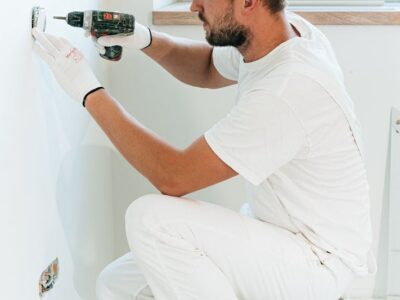
FAQs
Q: What are tile sealants?
A: Tile sealants are specially formulated products designed to protect tiles from moisture, stains, and other types of damage by creating a protective barrier on the surface.
Q: How do tile sealants work?
A: Tile sealants work by either penetrating the surface of the tile or sitting on top of it to create a protective layer. This barrier helps to repel water, dirt, and stains, prolonging the life of the tiles.
Q: What types of tile sealants are available?
A: There are various types of tile sealants available, including penetrating sealants, topical sealants, acrylic sealants, and polyurethane sealants. Each type offers different levels of protection and durability.
Q: How do I know if my tiles need to be sealed?
A: Signs that your tiles may need to be sealed include cracks, stains, or a loss of sheen on the surface. Performing a simple water test can also help determine whether your tiles are adequately sealed.
Q: Can I apply tile sealant myself, or do I need to hire a professional?
A: While some DIY enthusiasts may choose to apply tile sealant themselves, hiring a professional can ensure that the sealant is applied correctly and evenly, maximizing its effectiveness.
Q: How often should I re-seal my tiles?
A: The frequency of re-sealing depends on factors such as the type of sealant used, the level of wear and tear on the tiles, and the environmental conditions. As a general rule of thumb, it’s recommended to re-seal tiles every 1-3 years for optimal protection.
Q: Are tile sealant safe for use in homes with children or pets?
A: Yes, most tile sealants are safe for use in homes with children or pets once they have fully cured. However, it’s essential to follow the manufacturer’s instructions carefully and allow the sealant to dry completely before allowing children or pets to come into contact with the treated area.
Q: Will applying tile sealant change the appearance of my tiles?
A: It depends on the type of sealant used. Penetrating sealants typically do not alter the appearance of the tiles, while topical sealants may enhance the color or sheen slightly. It’s essential to test the sealant on a small, inconspicuous area first to ensure compatibility with your tiles.
Q: How can I remove tile sealant if I decide to re-tile or refinish the surface?
A: Removing tile sealant can be challenging, especially if multiple layers have been applied. In most cases, it’s best to consult a professional to ensure the sealant is safely and effectively removed without damaging the tiles.







